| Structure | Name/CAS No. | Articles |
|---|---|---|
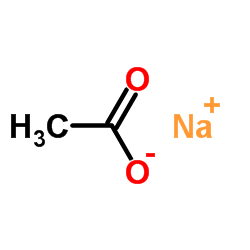 |
Sodium acetate
CAS:127-09-3 |
|
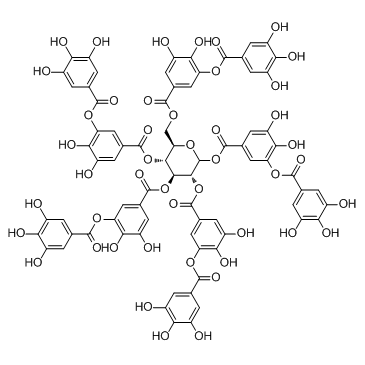 |
Tannic acid
CAS:1401-55-4 |
|
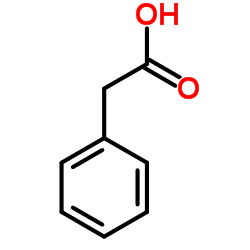 |
Phenylacetic acid
CAS:103-82-2 |
|
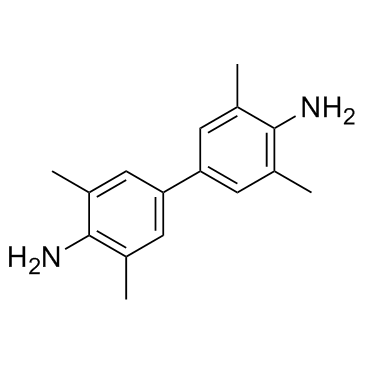 |
Tetramethylbenzidine
CAS:54827-17-7 |
|
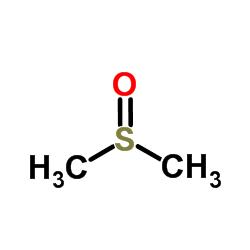 |
Dimethyl sulfoxide
CAS:67-68-5 |
|
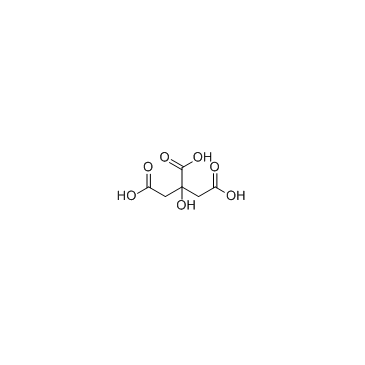 |
Citric Acid
CAS:77-92-9 |
|
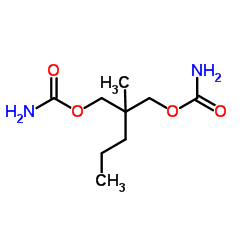 |
meprobamate
CAS:57-53-4 |
|
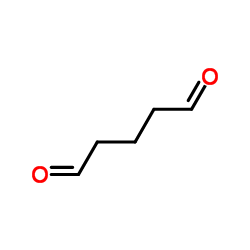 |
glutaraldehyde
CAS:111-30-8 |
|
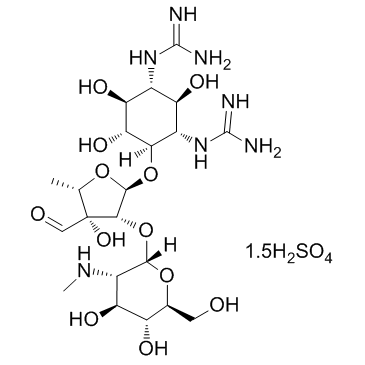 |
Steptomycin sulfate
CAS:3810-74-0 |
|
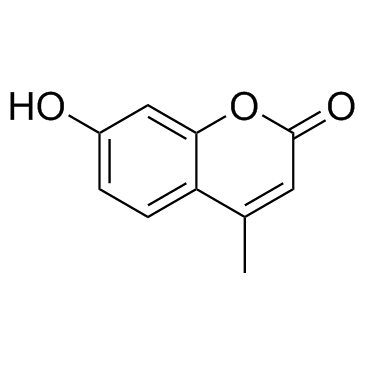 |
4-Methylumbelliferone
CAS:90-33-5 |